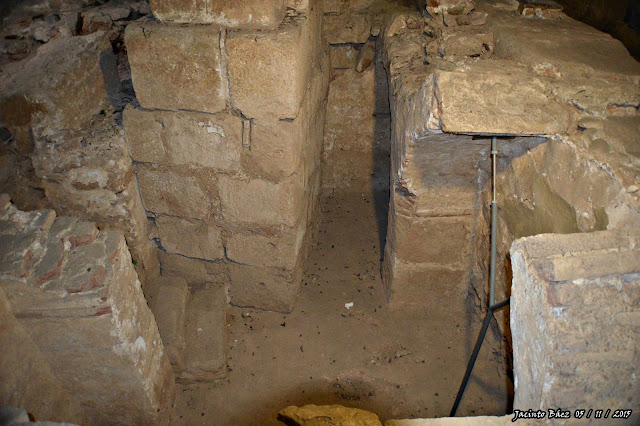Das römische Theater von Mérida ist ein historisches Theater durch das Römische Reich in der Kolonie Augusta Emerita, Gegenwart Merida (Spanien) gebaut. Seine Gründung wurde von der Konsul Marcus Agrippa Vipsanio gefördert und nach einer eingetragenen Datum im Theater selbst, nahm seine Öffnung Platz um 16 bis 15 Jahren. C. "Prince unter emeritenses Denkmäler," als Namen Jose Menendez-Pidal, Architekt, der den Wiederaufbau von 1964,1 Regie Theater ist ein Weltkulturerbe der Unesco als Teil der archäologischen Ensemble von Mérida.
Das Theater hat mehrere Renovierungen, das wichtigste um das Jahr 105, während der Herrschaft des Kaisers Trajan, wenn die Stromstufe unterzogen vorne, und die andere in der Zeit von Konstantin I., zwischen den Jahren 333 und 335. Das Theater wurde in das verlassene vierten Jahrhundert. C. Nach der Formalisierung im Römischen Reich der christlichen Religion, die er als unmoralisch Theateraufführungen. Das Gebäude wurde mit Erde und über Jahrhunderte bedeckt die einzige sichtbare Teil war die summa cavea, die oberen Etagen, die durch emeritenses "Sieben Stühle" getauft wurden. Archäologische Ausgrabungen auf dem Bau begann in den frühen zwanzigsten Jahrhunderts und seit 1933 das Theater Gastgeber der Feier des Internationalen Festivals für Klassisches Theater von Mérida. Im Jahr 2007 wurde das Theater einer der 12 Schätze Spaniens gestattet.
|





































































